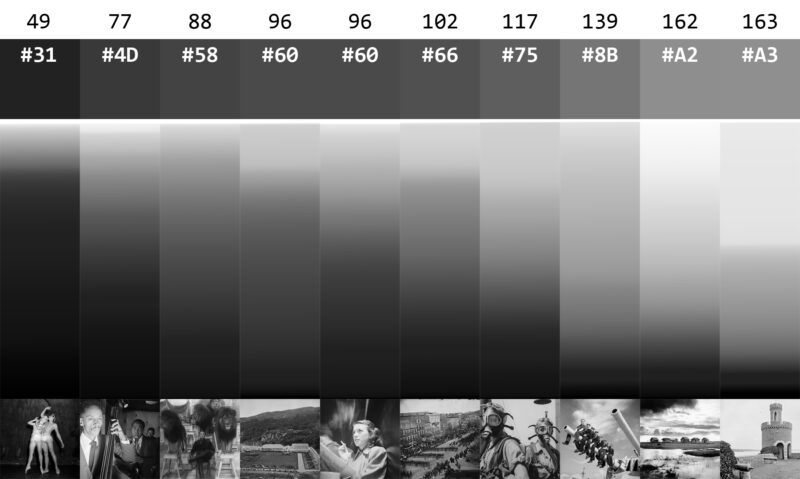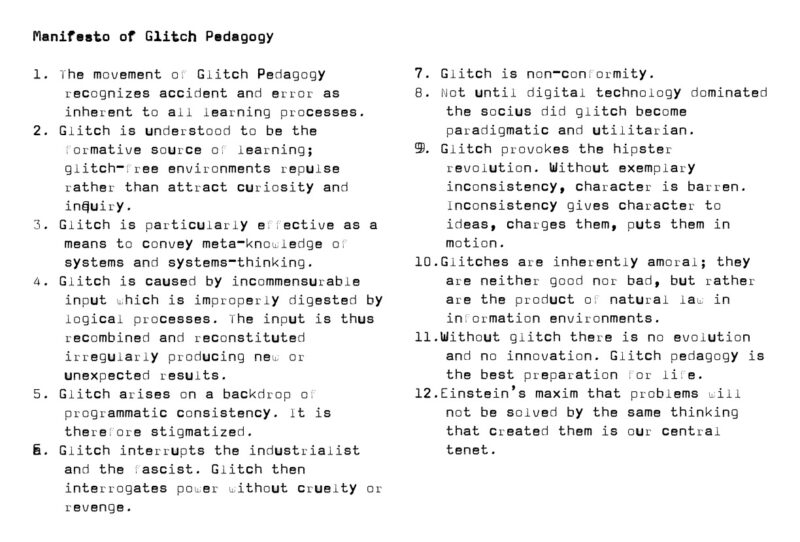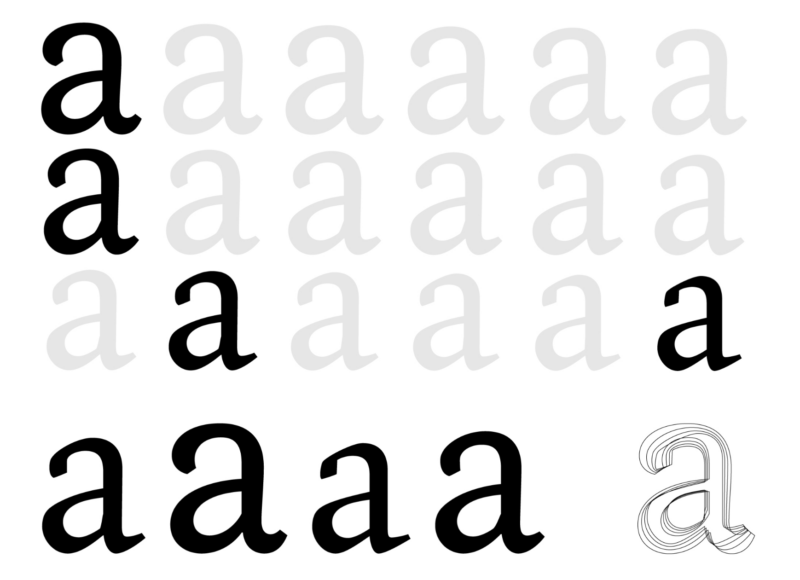It is well known that the fund of knowledge of what it is now known as Graphic Design has been assembled from many other disciplines. On the one hand, it is possible to talk about subjects that have remained fairly stable over time, subjects such as semiotics or visual rhetoric that have given a theoretical foundation to a predominantly praxis-oriented and intuition-driven discipline and have established bridges between design and other fields of study. On the other hand, graphic design curricula has responded to fast-paced changes particularly in regards to technology by incorporating new emerging perspectives. Besides the efforts of keeping graphic design relevant in its current state, there have been calls to practitioners and educators during the last few years to transform the field into a more rigorous and structured discipline, to embrace methods that would lead designers to justify their decisions by “quantifiable means”[9] and to embrace empirical and participatory research as a common practice. This is not to say that there has been no research on design-related topics. One of the subjects of interest for graphic designers that has produced an extensive corpus of empirical research is the influence of typography and editorial layout on reading activity. Some of this research was conducted mostly within the field of psychology by Tinker and Paterson between the mid-1920s to the late 1960s and has been consistently revised and updated within Design and other disciplines…
The rest of the text of this paper can be found here. This article is also available for revision at the Winnower. Feel free to visit and comment.




